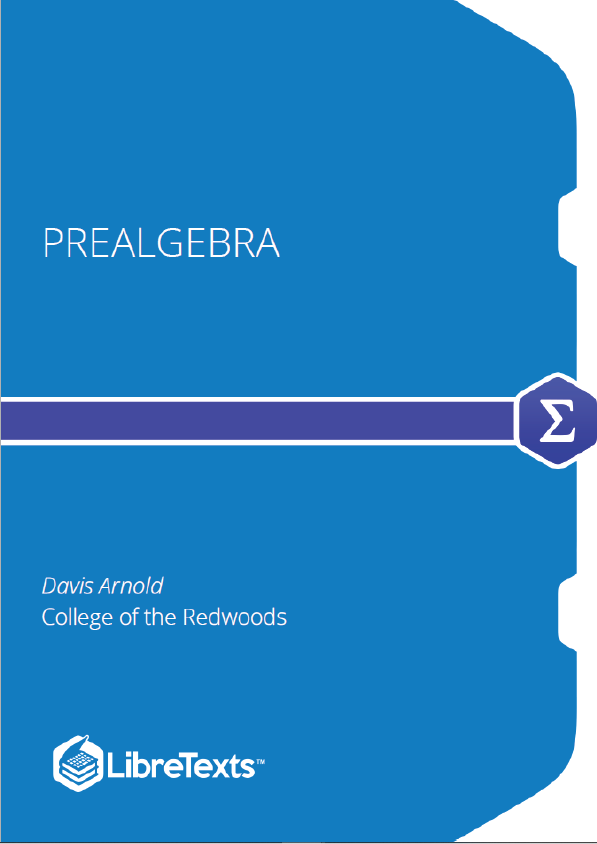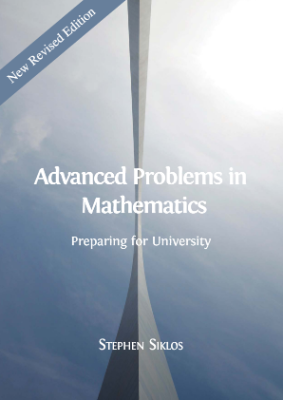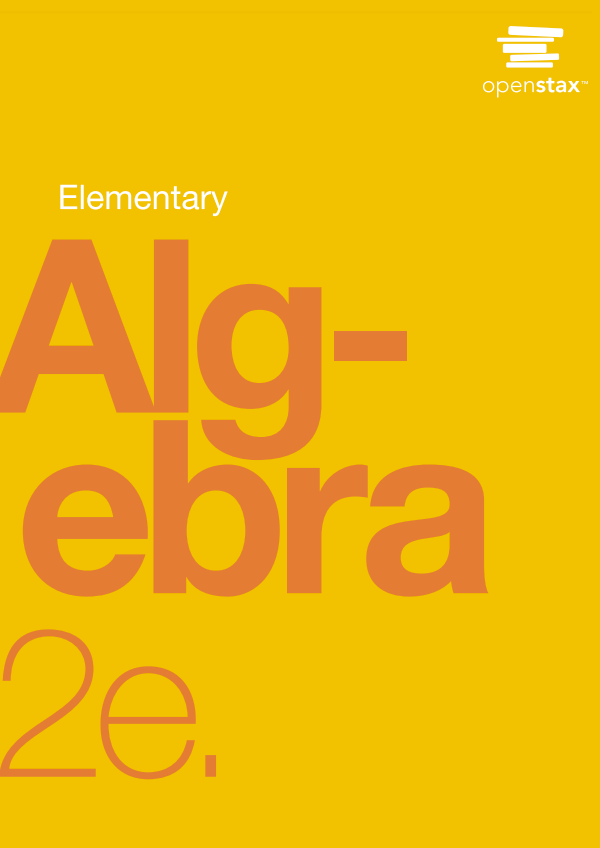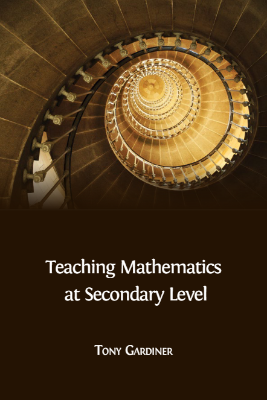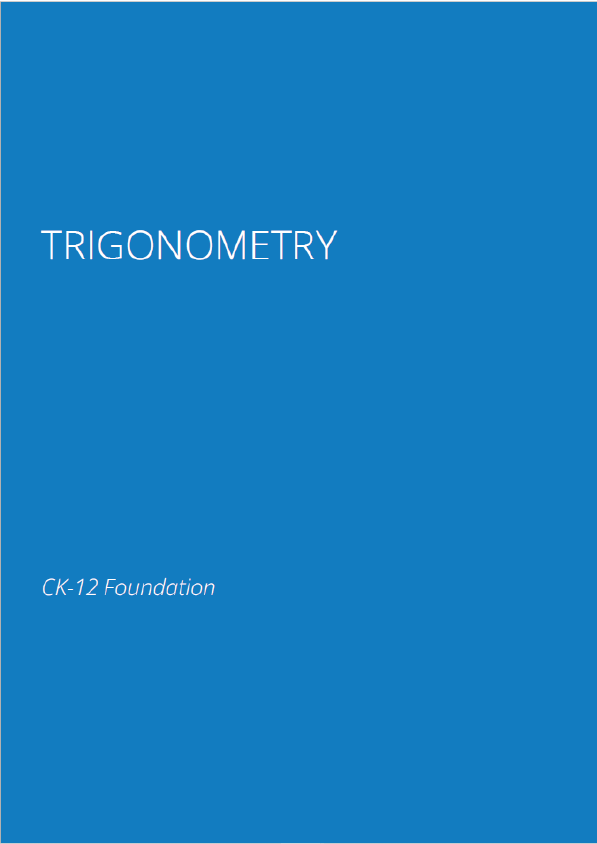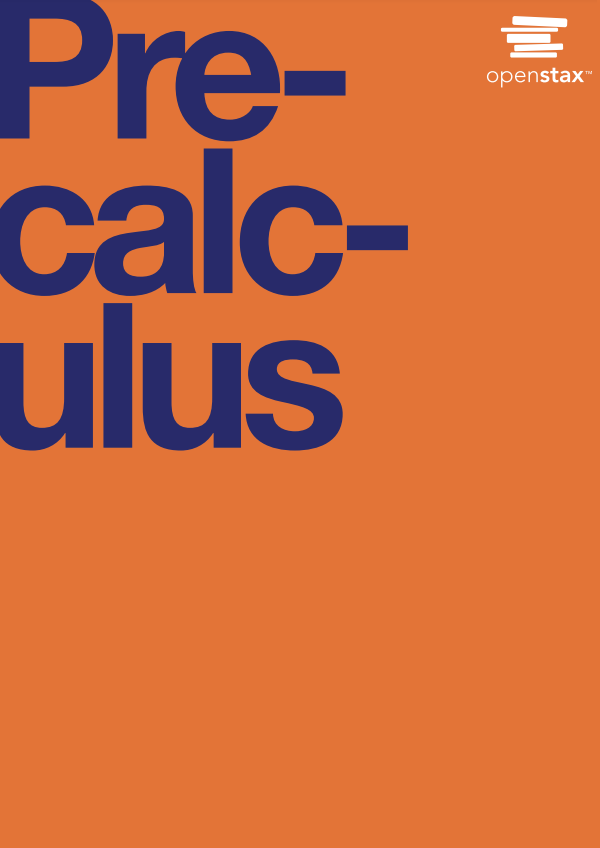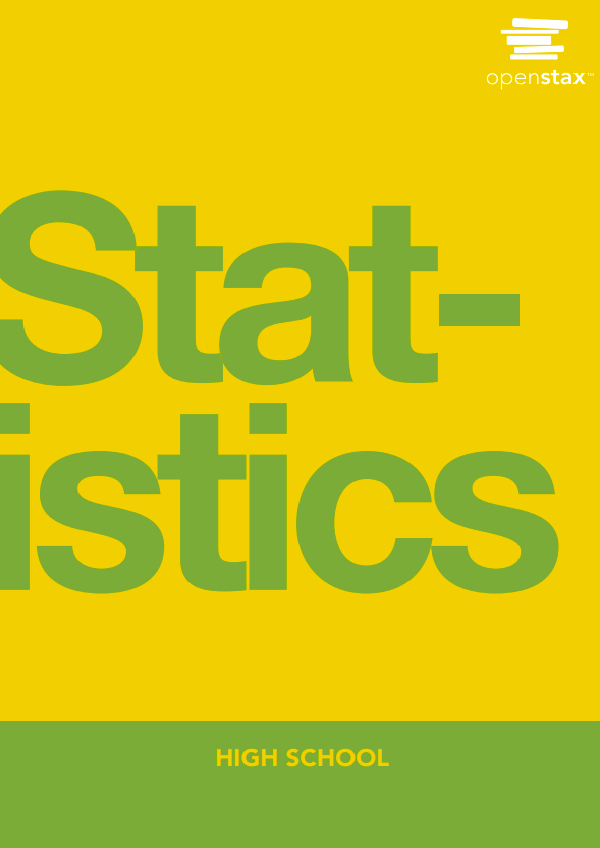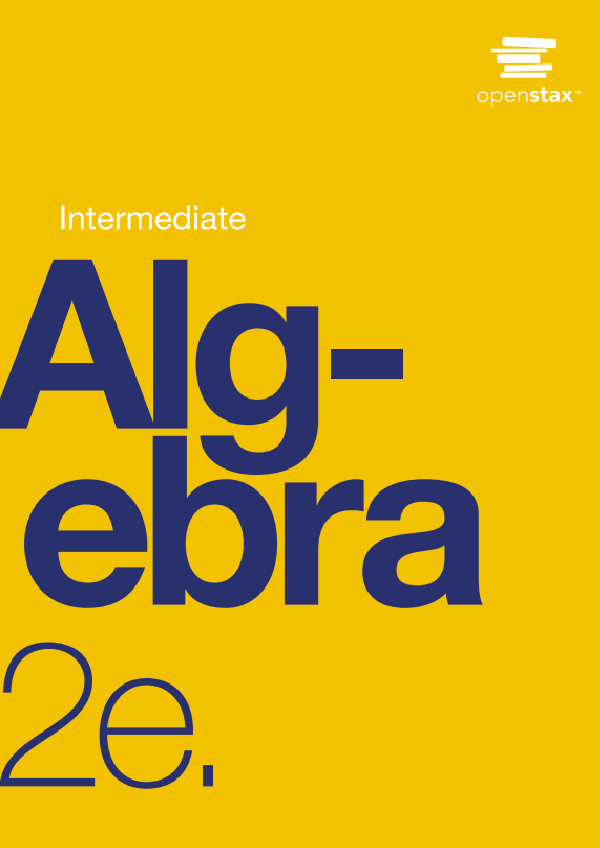This text addresses the fundamentals of arithmetic operations with signed number, including fractions and decimals as well as an introduction to signed numbers, including fractions and decimals as an introduction to some elementary topics in beginning algebra. Topics also include ratios and proportions, perfect squares and their square roots, elementary topics in geometry, systems of measurement, and monomial arithmetic. Students basic skills necessary for success in mathematics courses.
The Whole Numbers
Welcome to the study of prealgebra. In this first chapter of study, we will introduce the set of natural numbers, then follow with the set of whole numbers. We will then follow with a quick review of addition, subtraction, multiplication, and division skills involving whole numbers that are prerequisite for success in the study of prealgebra. Along the way we will introduce a number of properties of the whole numbers and show how that can be used to evaluate expressions involving whole number operations. We will also define what is meant by prime and composite numbers, discuss a number of divisibility tests, then show how any composite number can be written uniquely as a product of prime numbers. This will lay the foundation for requisite skills with fractional numbers in later chapters. Finally, we will introduce the concept of a variable, then introduce equations and technique required for their solution. We will use equations to model and solve a number of real-world applications along the way.
Multiplication and Division of Whole Numbers
We begin this section by discussing multiplication of whole numbers. The first order of business is to introduce the various symbols used to indicate multiplication of two whole numbers.
Multiplying Larger Whole Numbers
Much like addition and subtraction of large whole numbers, we will also need to multiply large whole numbers. Again, we hope the algorithm is familiar from previous coursework.
Solving Equations by Multiplication and Division
In Section 1.6, we stated that two equations that have the same solutions are equivalent. Furthermore, we saw that adding the same number to both sides of an equation produced an equivalent equation. Similarly, subtracting the same the number from both sides of an equation also produces an equivalent equation. We can make similar statements for multiplication and division.
The Integers
Today, much as we take for granted the fact that there exists a number zero, denoted by 0, such that a+0 = a for any whole number a, we similarly take for granted that for any whole number a there exists a unique number −a, called the “negative” or “opposite” of a, so that a + (−a) = 0.
In a natural way, or so it seems to modern-day mathematicians, this easily introduces the concept of a negative number. However, history teaches us that the concept of negative numbers was not embraced wholeheartedly by mathematicians until somewhere around the 17th century.
